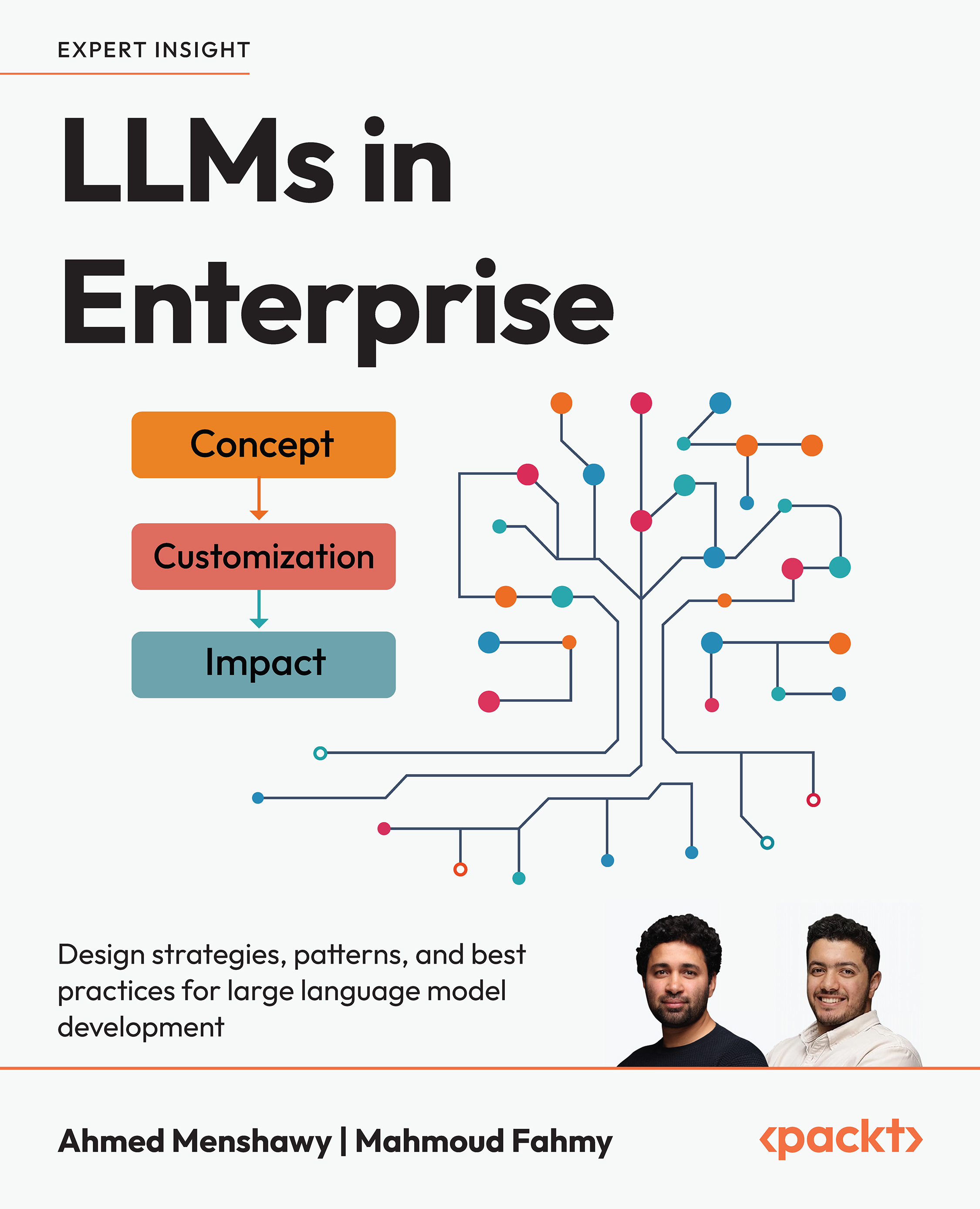Enterprise Application of LLMs
LLMs are making a revolution across multiple industries, reshaping traditional practices and workflows. These advanced AI models are not only enhancing operational efficiencies but also improving customer and client interactions through personalized services. From financial services and healthcare to retail, e-commerce, and education, LLMs are playing a pivotal role in driving innovation and transforming businesses.
In this section, we'll explore some of the applications of LLMs at the enterprise level, highlighting their impact and the innovative changes they introduce to each industry.
Financial Services

In the financial services industry as shown on Figure 2.3, LLMs are very widely used by fintech companies, the transition to using LLMs is transforming how personalized financial advice is delivered, enhancing both client satisfaction and retention. Let's look at those points in more detail...
































































